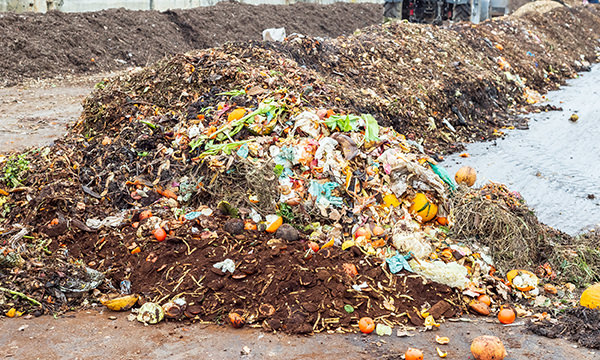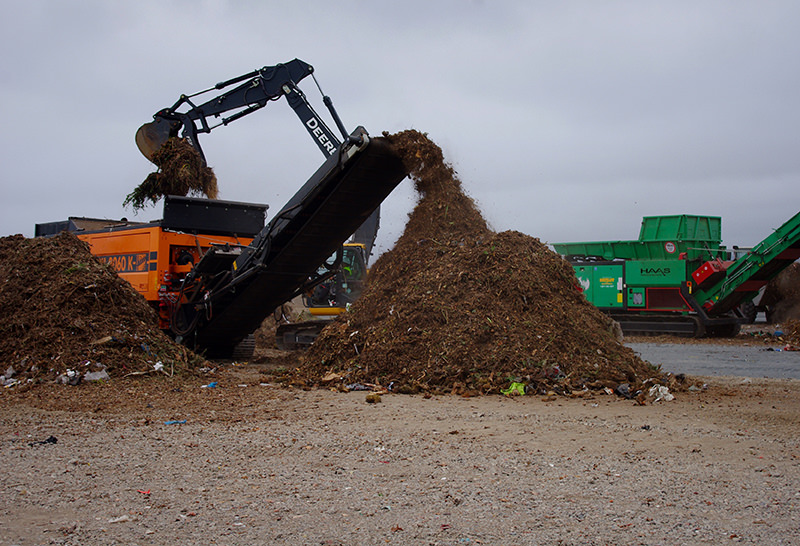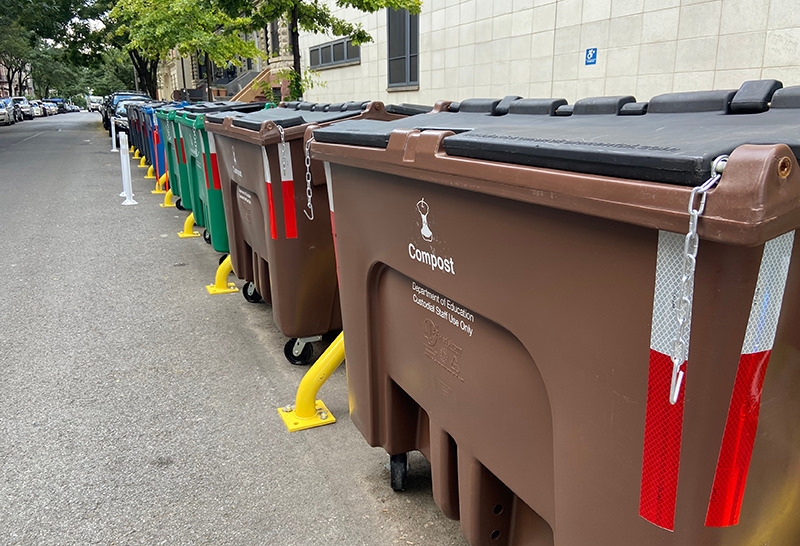

Which Cities are Leading the Way on Residential Organics Collection in 2024?
Residents of the United States have benefited from increased access to organics collection programs in recent years, with the number of households with access to collection services found to have grown by almost 50% since 2021.
A fundamental aspect of zero-waste ambitions, organics collection programs facilitate organics diversion from residential waste streams. This process is crucial for ensuring the sustainable disposal of organic waste, restricting landfill growth and reducing greenhouse gas (GHG) emissions, while enabling the production of beneficial resources like compost and biogas.
As we head into 2024, metroSTOR examines which cities are leading the way in residential organics collection, exploring their strategies for achieving successful organics diversion from municipal solid waste (MSW) streams.

The first city to implement a large-scale organics recycling and composting program, San Francisco has been successfully diverting residential organic waste since 1996. Around 650 tons are collected each day by the city’s haulers Recology, equating to around 150,000 tons a year. This is transferred to their facility for composting, and then distributed to local orchards, vineyards and farmers to be used as soil amendment.
San Francisco passed their Mandatory Recycling and Composting Ordinance in 2009, which requires all households and commercial properties to separate their waste into 3 streams, with green bins for organics. In 2011, the city stated it had successfully diverted a total 1m tons of organics since the ordinance began. Around 90% of San Francisco’s 350,000 households now have access to organic collection services.
Seattle’s ‘Zero Waste Resolution’ was established back in 2007, demonstrating a focus on curbside organics collection and recycling services for both single and multi-family households. This was part of a three-year phase in, and in 2009 the city began requiring all residential properties to participate in food and yard waste collection, or backyard composting. Multi-family building managers in Seattle have been required since 2011 to provide compost collection service for their residents.
Seattle implemented an organic waste disposal ban in 2015. In previous years, the city sent approximately 100,000 tons of food waste to a landfill site in eastern Oregon every year. The distance of this journey was 300 miles, resulting in a high cost expenditure and the production of greenhouse gas emissions. Following the ban, residents of Seattle now send around 125,000 tons of organic waste to composting facilities each year, which is then distributed as compost for local parks and gardens.

New York has 46 organics collection programs across the state, and its most famous city first began their efforts to roll-out organics collection programs across the 5 boroughs in 2016. In 2022, a large-scale composting program was then launched in Queens, turning organic waste from the borough’s 2.2 m residents into biogas, and soil amendment for city parks and community gardens. The success of this program, where close to 13m pounds of organic material was successfully diverted from landfill in its first quarter, saw the NYC Department of Sanitation demonstrate intentions to expand curbside composting services to all city residents across the 5 boroughs.
On June 8th 2023, the New York City Council passed a new legislative package designed to advance the city’s efforts towards mandating recycling. The “Zero Waste Act” introduced a new ordinance, set to be mandatory from 2024, requiring residents to containerize their food scraps and yard waste to await collection for composting. The city’s mandate will be the largest municipal composting program in the United States, diverting up to 8m pounds of organic waste every day.
The Organics Recycling Authority, BioCycle, identified 400 organics collection programs in their 2023 nationwide survey, available as a mix of curbside only, drop-off only, or a mix of the two. What is important to consider, however, is, of the 400 programs identified, these were only available in the 50% of the total number of U.S. states. At state level, only California and Vermont currently have established policies in place that mandate the diversion of residential food waste from disposal. Washington State will also begin rolling out their mandate for organic waste collection over the next several years, with their new law requiring jurisdictions to provide both residential and nonresidential organics collection from January 1st 2027.
For most cities with active residential organics collection programs, low participation rates and issues with contamination continue to pose significant challenges. Curbside collection programs will typically utilize one of three options to engage residential participation. These include opt-in, Standard Offering; where the collection service is offered as part of the municipal solid waste program, or Mandatory. Successful participation rates tend to follow when the element of choice is removed, however, the varying ability of each municipality to enforce these requirements have led to differing rates and challenges in ensuring organics diversion from residential waste streams.
Since 2005, however, the number of U.S. households with access to organics collection programs has increased from 576,000, to 14.9m in 2023. These statistics help demonstrate the significant increase in municipally supported collection programs for household organic waste. Combined with the examples set by the cities above, these findings suggest positive results are on the way for residential organics collection across the United States.